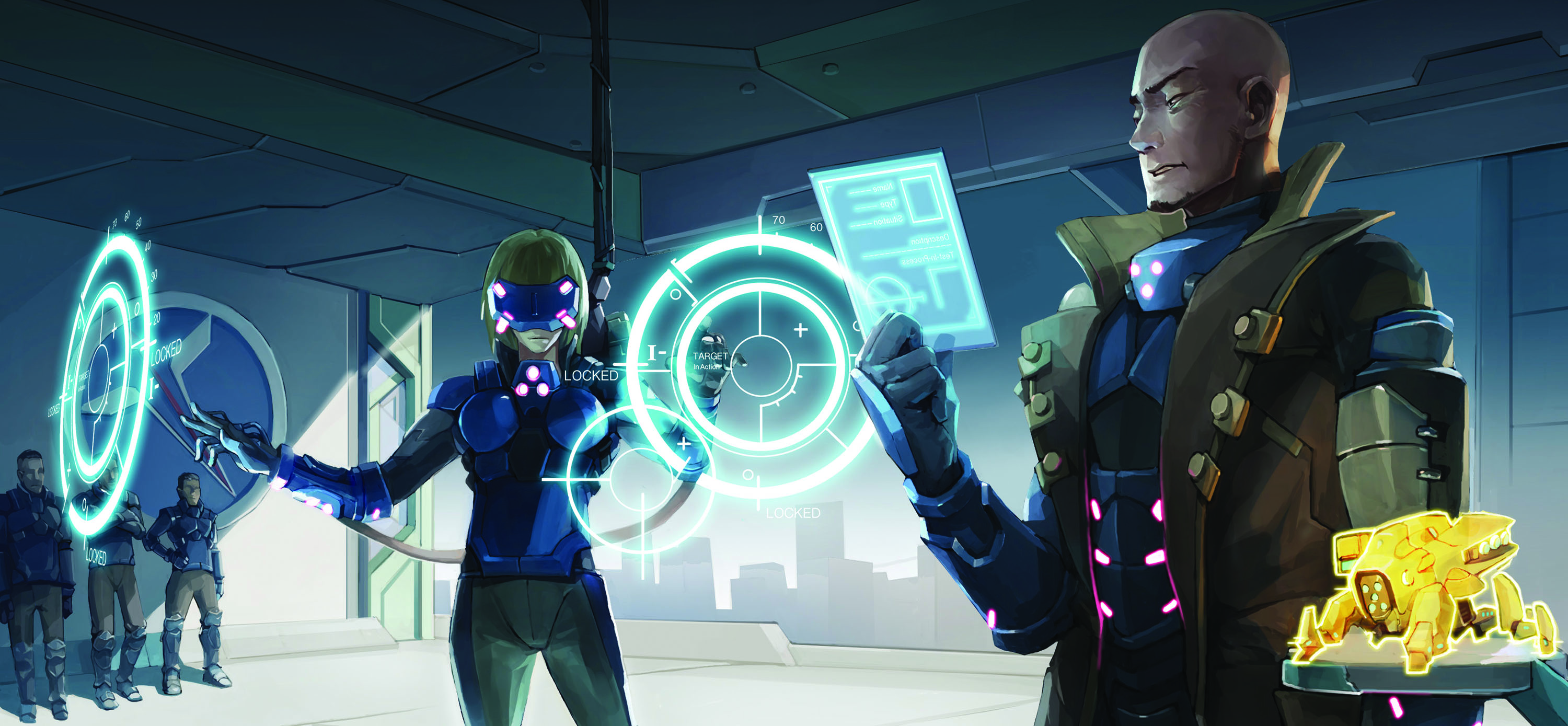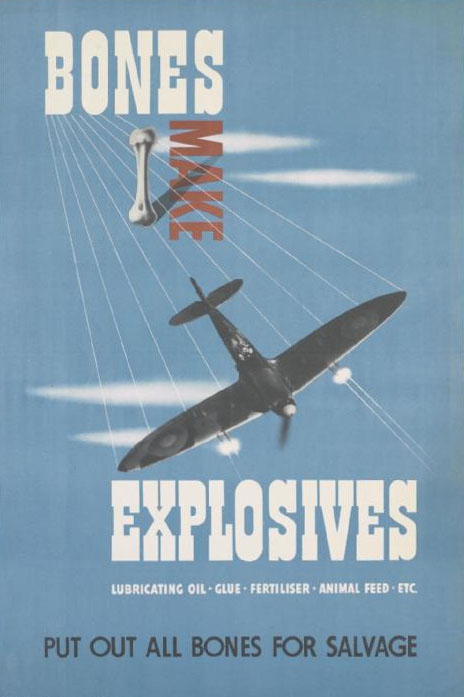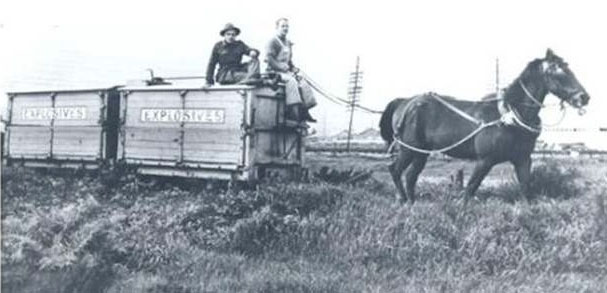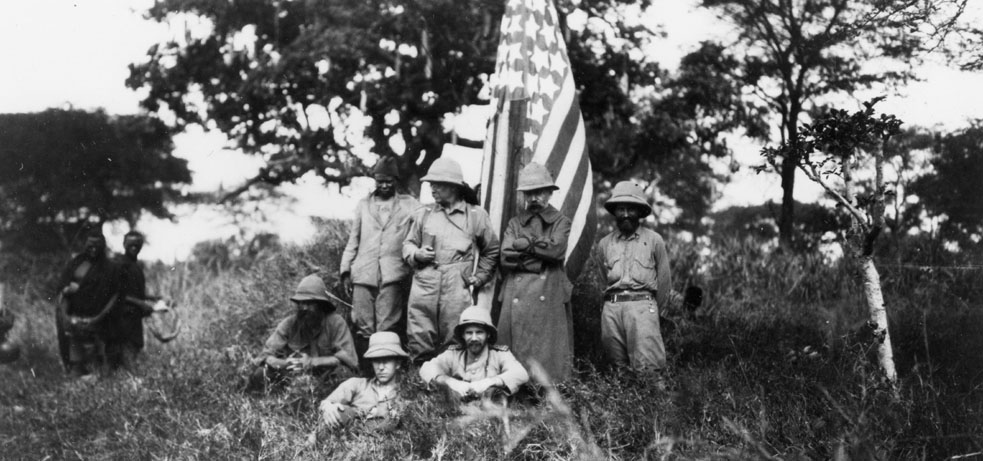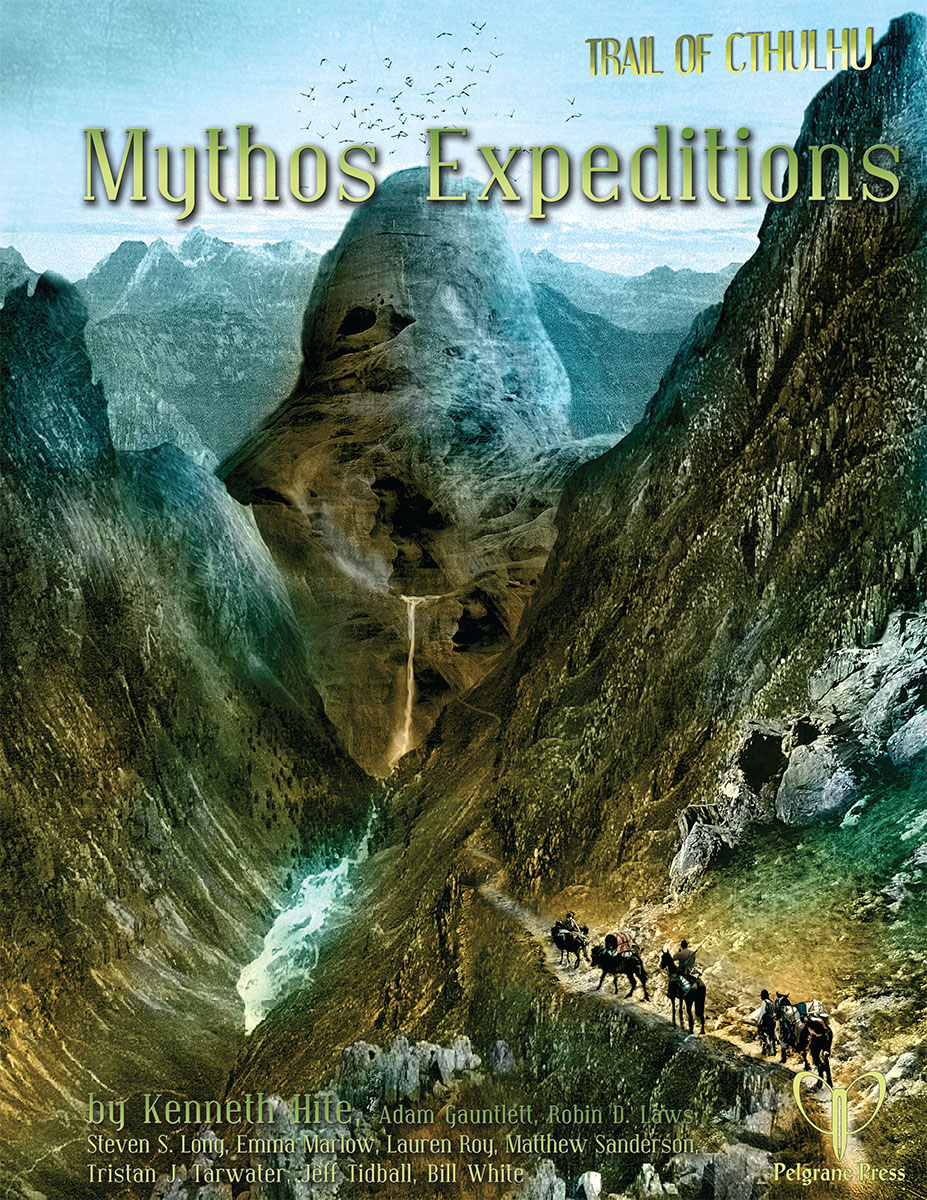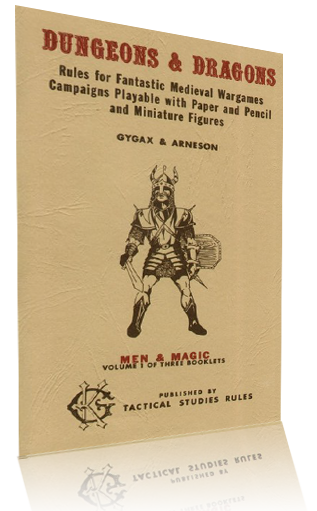Momentum in 2d20 is generated when you roll more successes on an action test than required by the difficulty of the check. These points of Momentum can be spent to either immediately improve the result of the current check or saved to be used in the future, allowing you to build Momentum over the course of several lesser actions until you can accomplish big things.
Momentum can be spent to do stuff like:
- Add +1d20 to future skill tests
- Create obstacles for opponents (generally increasing the difficulty of their skill tests)
- Improve the quality of success
- Increase the scope of success
- Reduce the time required to accomplish a task
- Perform a normally noisy action stealthily
- Take an extra action in an action scene
- Boost damage on an attack
- Get a called shot
- Trigger program effects in Infowar
And so forth.
In Infinity we also specifically emphasized that Momentum is best seen as a creative tool for empowering the players. The GM is also given several structures for making complex rulings around Momentum (see p. 407 of the core rulebook).
One of these is using Momentum to model preparation. If the PCs want to take one action to set up or create advantage on another, the GM can call for a test on the first action (even if it normally wouldn’t require an action test) and then any Momentum generated on that test represents the advantage gained on the primary task.
One of the limitations to this approach, however, is that Momentum ablates over time. At the end of each scene, the team’s pool of saved Momentum is decreased by one. This means that if you want to set up an advantage in one scene that will benefit you for the next scene, it’s difficult to do that.
This problem can be solved by adapting a cool mechanic from Trail of Cthulhu: dedicated pools.
DEDICATED MOMENTUM POOLS
A dedicated Momentum pool can only be used in a given circumstance or in relation to a given subject. For example, you might hack the security cameras in a megacorp’s headquarters, creating a pool of Momentum that can be spent on things like Stealth and Observation tests when the PCs go to infiltrate the HQ.
GMs might also rule that certain resources simply grant a pool of dedicated Momentum. (Perhaps the patron who hired the PCs to steal the megacorp’s new research into captured Tohaa technology simply hands them the access codes to the security cameras as part of their briefing packet. They get the same dedicated Momentum pool even though they didn’t make any skill tests to obtain it.)
There are two advantages to a dedicated Momentum pool.
First, the dedicated Momentum pool does not ablate. The dedicated Momentum pool is separate from other saved Momentum and does not decrease at the end of each scene. This makes a dedicated Momentum pool a great model for preparations that play out over multiple scenes or which are made long before their intended use: The PCs lose some of the utility of the Momentum (since it has to be used for a specific purpose), but in exchange the Momentum becomes more durable.
Second, the dedicated Momentum pool can also create unique vectors that allow the PCs to take actions that they otherwise couldn’t. If you have access to the security feeds, for example, you can check them for activity in other areas of the building. If you have a copy of the religious text of an extremist Morat cult, you can reference it for information about their rituals that you would otherwise have no way of knowing.
These vectors can cut both ways, though! When the Momentum from the security camera pool runs out for example, it could easily justify the GM spending Heat to generate a complication in the form of the megacorp’s hackers realizing their system has been compromised and launching an Infowar attack on the PCs.

